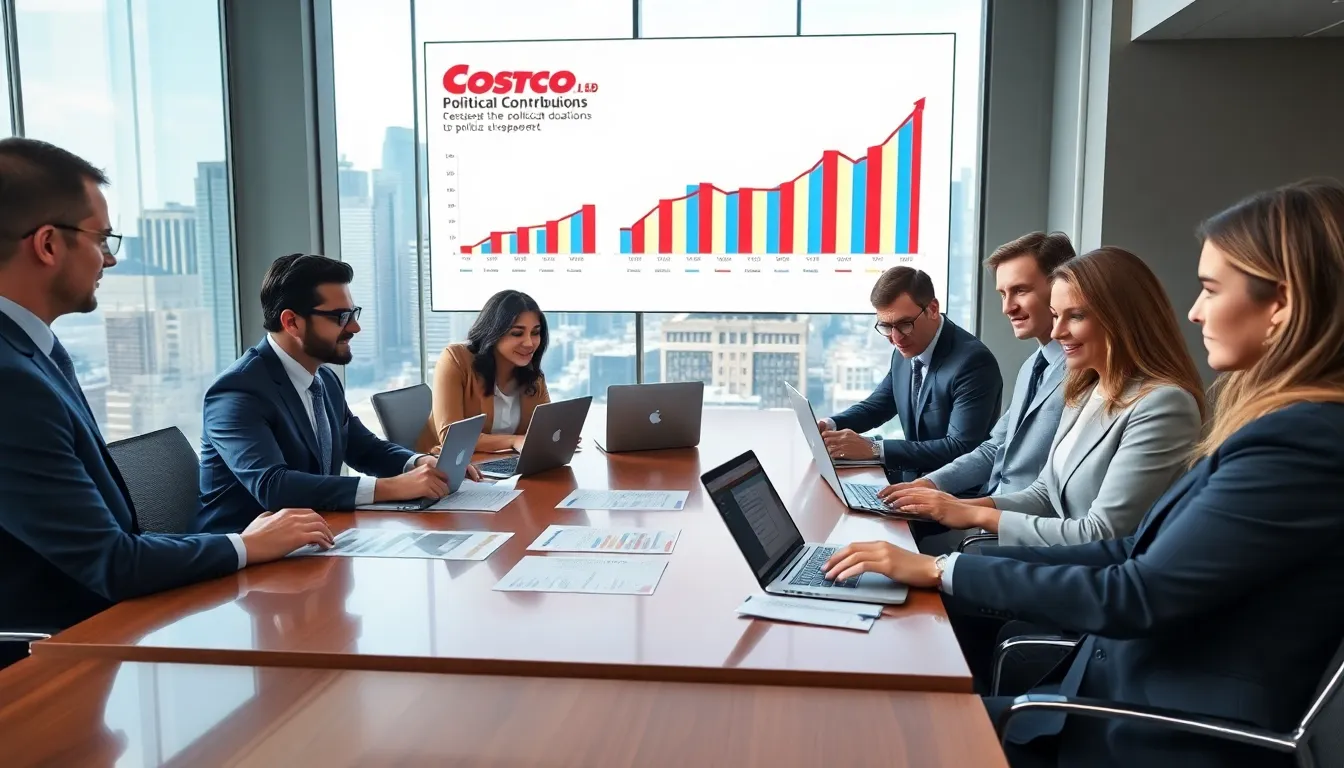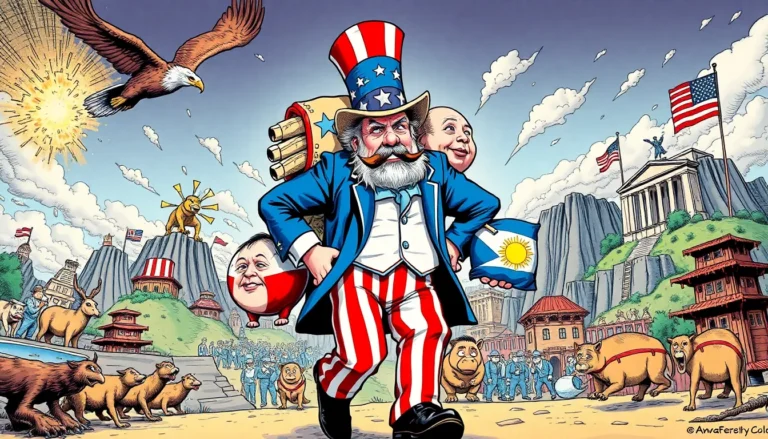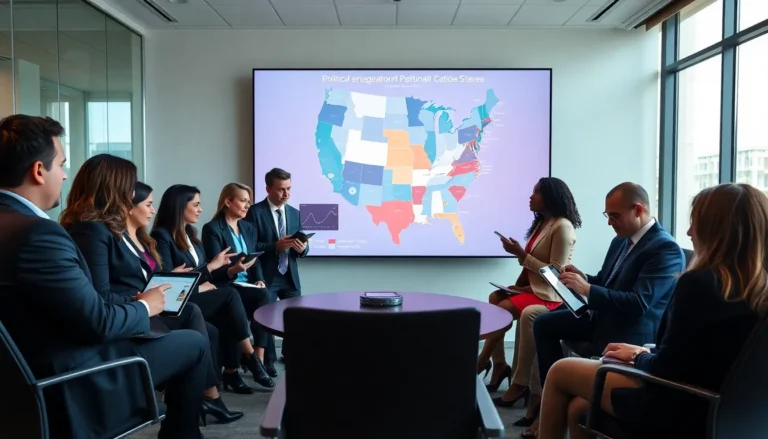When you think of Costco, you might picture bulk toilet paper, members-only deals, and perhaps the best pizza slice this side of Seattle. But did you know that behind those warehouse doors, Costco is also making political waves? Yes, folks. The company isn’t just focused on feeding your family with gigantic jars of peanut butter: they’re also contributing to the political theater that shapes our nation. Sit tight as we jump into the world of Costco’s political donations, it’s time to unpack the numbers, the history, and even the spicy controversies that swirl around this retail giant.
Table of Contents
ToggleOverview of Political Donations

Political donations have become an integral part of corporate strategies in today’s landscape. Many companies, including Costco, engage in this practice to influence social policies, legislation, and public opinion. Specifically, these donations often aim to shape political agendas that align with a company’s business interests. With the growing trend of corporate political spending, understanding the motives and implications of such investments is essential for consumers and stakeholders alike. Costco’s political donations reflect its internal values and its commitment to advocacy, branding, and market positioning.
In 2022 alone, Costco contributed millions of dollars toward various candidates and causes across both major political parties. Unlike many corporations that may lean heavily toward one political side, Costco has managed to spread its contributions across the aisle, emphasizing a balanced political approach. This strategy not only enhances their corporate image but also fosters relationships across the political spectrum.
Historical Context of Costco’s Political Contributions
Costco’s foray into political contributions is relatively recent compared to its establishment in 1983. Initially, the company maintained a cautious distance from political funding, focusing more on expanding its membership base and optimizing its supply chain. But, the retail landscape changed dramatically by the late 1990s, as issues such as workers’ rights and labor unions came to the forefront.
Considering these challenges, Costco began to step into the political arena. In 1998, the company’s political action committee (PAC) was established, enabling employees to contribute to political candidates who shared a vision of labor and social welfare. Over the years, the PAC has evolved, and with it, Costco’s contributions have diversified, responding to a dynamic political climate and public sentiment. This shift encapsulates the growing acceptance of corporate political involvement as part of business strategy.
Key Political Contributions by Costco
Several pivotal political contributions highlight Costco’s involvement in the political sphere. One notable instance occurred during the 2020 election cycle when Costco donated heavily to candidates who aimed to support policies affecting labor rights and healthcare. Such donations were not random: they were calculated moves to back individuals who aligned with Costco’s business objectives and community values.
In total, Costco spent over $1.5 million on political campaigns during that cycle, with significant amounts directed towards candidates in critical swing states. Besides, the company has engaged in issue advocacy, funding campaigns around various referendums that impact its consumer base directly. For instance, contributions in support of measures that address trade tariffs reveal Costco’s strategy to safeguard its operations and supply chains.
Impact of Political Donations on Business Operations
Costco’s political contributions yield notable effects on its business operations. By backing candidates sympathetic to its goals, the company can influence policies that directly impact its bottom line. The retail sector is significantly regulated, and having allies in key government positions can lead to favorable legislation affecting everything from labor practices to taxation.
Also, political donations can help networking opportunities that open doors to vital partnerships and collaborations. For instance, favorable relationships with elected officials can lead to smoother regulatory approvals in new market expansions. Of course, these interactions run deeper than mere networking: they can fundamentally shape Costco’s corporate strategy and growth trajectory.
Controversies Surrounding Costco’s Donations
As with any corporation dabbling in political contributions, Costco has faced its fair share of controversies. Critics argue that corporate involvement in politics undermines democratic processes, suggesting that companies like Costco can drown out the voices of ordinary voters. Some have pointed to specific donations to candidates or causes that didn’t align with the expectations of certain consumer segments, calling for boycotts and public outcry.
In particular, contributions to Candidates X and Y during controversial ballot measures sparked debates about corporate ethics in political donating. The backlash was intense enough to force the company to reevaluate its strategies, leading to public statements about transparency and accountability. Nevertheless, Costco defends its actions by asserting its commitment to supporting candidates who will advance policies beneficial to its employees and customers.
Public Response and Consumer Reactions
The public’s response to Costco’s political donations has been mixed. While some customers appreciate the company’s proactive approach to social issues, others have voiced disapproval over specific contributions. This divided sentiment illustrates the delicate balance Costco must maintain as a corporation with social responsibilities.
Many Costco members express pride in their local warehouse, appreciating when the company stands behind candidates advocating for healthcare and labor rights. In contrast, when donations are seen as contradictory to the general principle of corporate neutrality, customers have taken to social media, creating hashtags and sparking discussions. Overall, the consumer reaction serves as a reminder that today’s shoppers are more informed and engaged than ever.





